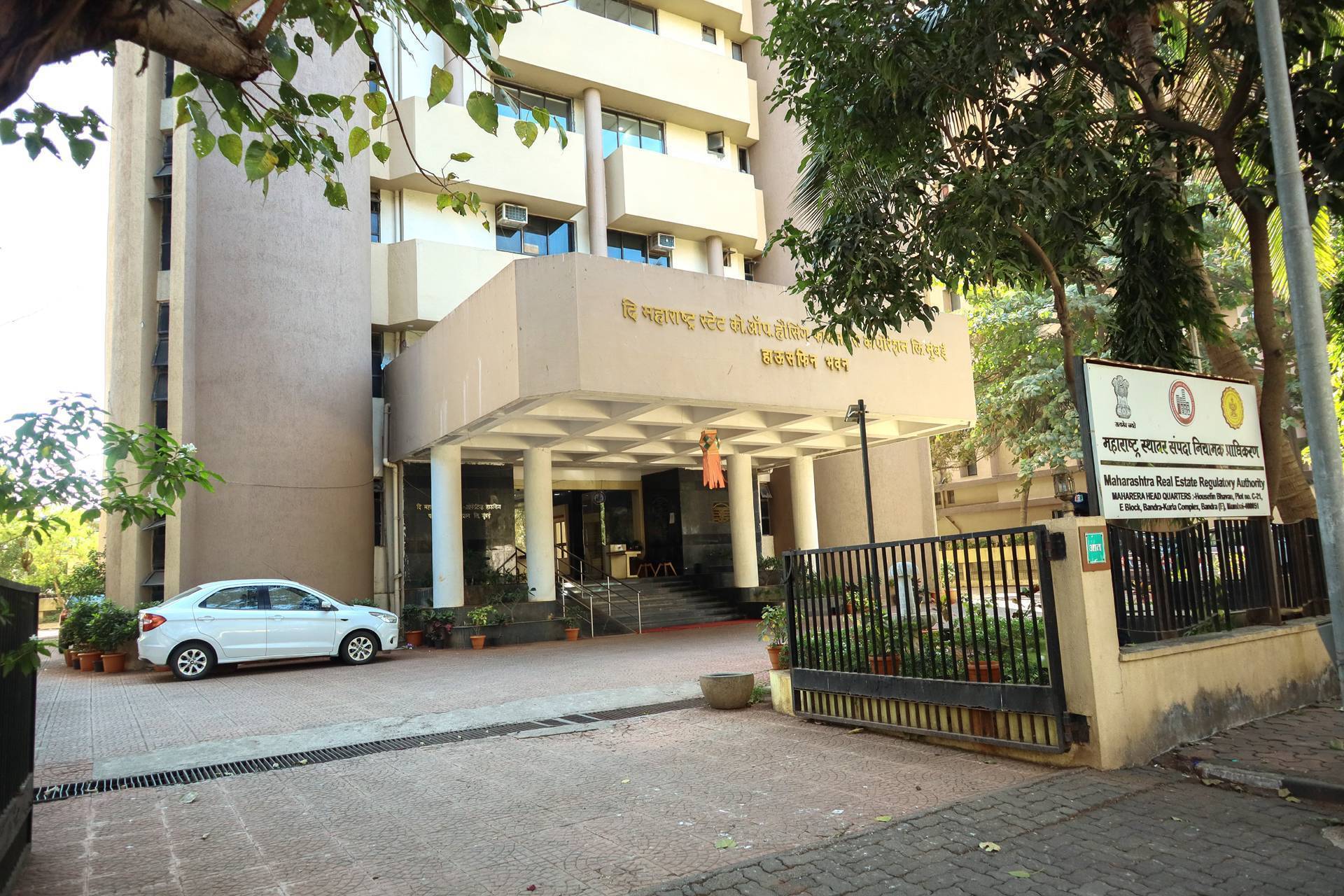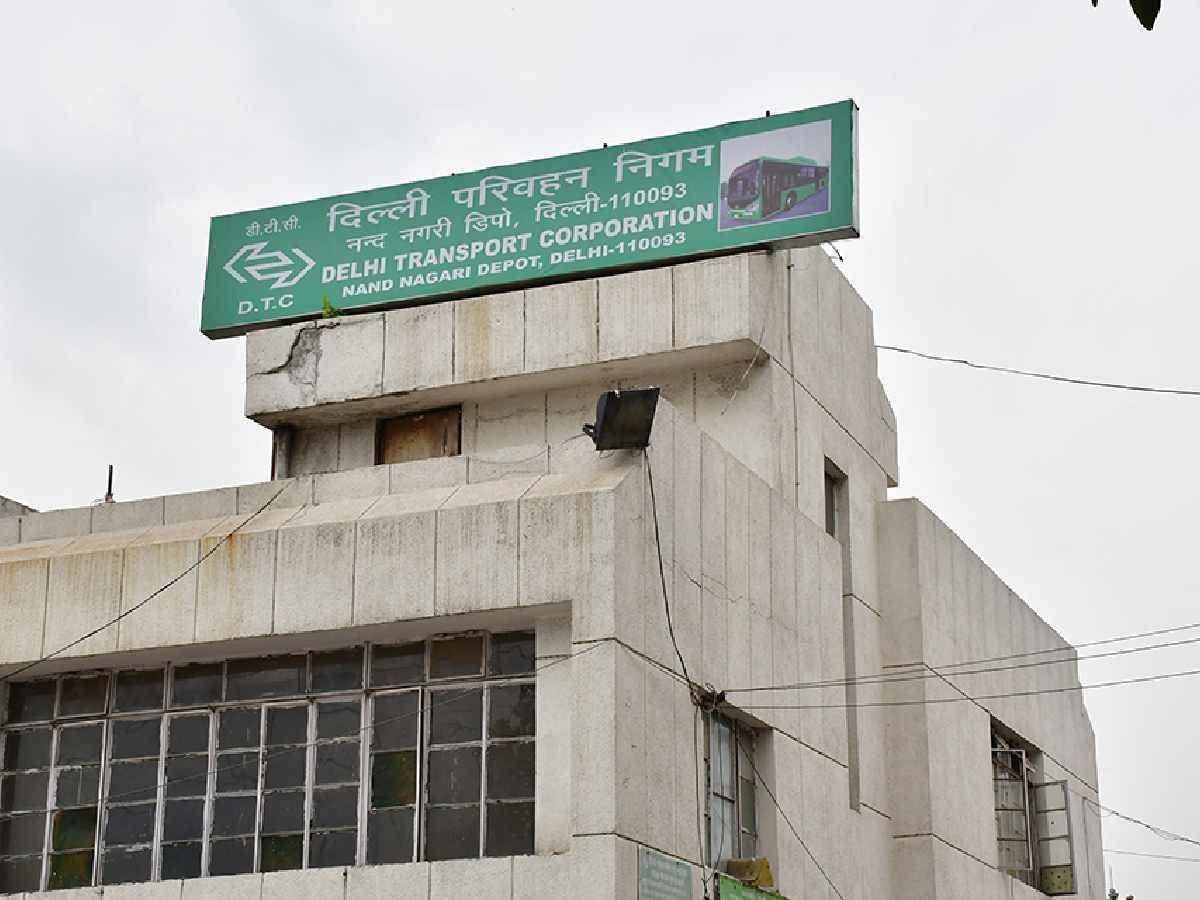The Andhra Pradesh government has introduced several reforms to simplify building and layout approval processes in a move to enhance the real estate sector. These changes, introduced through amendments to the A.P. Building Rules-2017 and A.P. Land Development Rules-2017, were announced at the NAREDCO Property Show in Guntur. Municipal Administration and Urban Development Minister P. Narayana outlined the details during the event, emphasizing the government’s efforts to create a more supportive environment for developers and investors.
Simplified Regulations
One of the major changes is the reduction of the minimum road width requirement for layouts, which has been brought down from 12 metres to 9 metres. This modification is expected to encourage more efficient use of land and facilitate the development of smaller layouts, particularly in urban and semi-urban areas.
Additionally, the government has introduced an integrated single-window clearance system for building and layout approvals. This initiative, described as the first of its kind in India, aims to reduce the time required for securing permissions, thereby easing the administrative burden on developers. Minister Narayana highlighted that this system is designed to ensure faster and more efficient approvals, helping developers complete their projects without unnecessary delays.
The approval process for high-rise buildings has also been revised. Buildings exceeding 30 metres in height will now require environmental deck permissions, while constructions below five storeys are exempt from approval requirements. This adjustment is expected to simplify the development of smaller projects, which will in turn accelerate construction activity in the state.
Supporting Development Initiatives
The reforms address several long-standing challenges faced by the real estate sector. Projects located near railway tracks, for instance, will no longer require No Objection Certificates (NOCs). This change eliminates a significant barrier for developers working on projects in such areas.
Another significant reform allows cellars to be constructed on plots larger than 500 square metres. This provides developers with greater flexibility in utilizing available space, particularly in urban areas where land is scarce.
Further, the government has removed revenue officials and sub-registrars from the Transferable Development Rights (TDR) Bond Committee. This decision is aimed at expediting the TDR approval process and ensuring greater transparency.
Industry Collaboration
Minister Narayana emphasized that these reforms were developed in consultation with real estate associations to address the specific needs of developers and builders. He referred to the reforms as a thoughtful initiative to promote growth in the sector while benefiting the public. The integration of innovative building rules with existing regulations demonstrates the government’s commitment to aligning its policies with the evolving requirements of the industry.
The updated rules simplify group development approvals for gated communities, providing developers with clear guidelines. By streamlining these processes, the government seeks to attract more investment and encourage the development of modern housing projects.
Broad Impacts
The reforms are expected to have a wide-reaching impact on various stakeholders. For developers, the simplified regulations and faster approval processes mean reduced project timelines and lower operational costs. Investors are also likely to find Andhra Pradesh a more attractive destination for real estate projects, given the improved ease of doing business.
Homebuyers stand to benefit from the reforms as well. The changes are expected to result in a greater variety of housing options, including high-rise buildings and gated communities. By encouraging the construction of smaller projects, the reforms may also contribute to the availability of more affordable housing options in the state.
Moreover, the reforms are designed to support balanced development across urban and rural areas. The reduced road width requirement and the relaxation of rules for agricultural lands are expected to stimulate growth in smaller towns and villages, creating economic opportunities in these regions.
Positive Reception
The real estate industry has welcomed the reforms, particularly the introduction of the single-window clearance system, which is expected to significantly reduce bureaucratic delays. The removal of NOCs for projects near railway tracks has also been widely praised as a practical decision that simplifies the approval process.
Real estate associations have expressed optimism about the changes, viewing them as a long-awaited step toward addressing critical issues faced by the sector. By actively engaging with industry stakeholders, the government has demonstrated its intent to support the sector’s growth while maintaining transparency and accountability.
The new measures introduced by the Andhra Pradesh government are expected to pave the way for increased activity in the real estate sector. By addressing key bottlenecks, simplifying regulations, and providing a more investor-friendly environment, the government aims to create conditions for sustained growth.









.png)